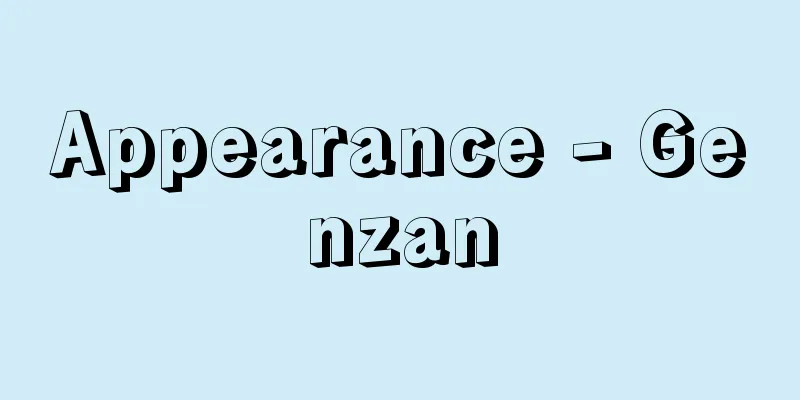n-nuclear complex

|
...Complexes that have one central atom are usually called mononuclear complexes. Complexes that have multiple central atoms are called polynuclear complexes, and depending on the number of central atoms, n, they are called n- nuclear complexes (or polynuclear complexes in the case of binuclear complexes). The atom or group of atoms that is bonded to the central atom is called a ligand. *Some of the terminology explanations that refer to "n-nuclear complexes" are listed below. Source | Heibonsha World Encyclopedia 2nd Edition | Information |
|
…中心原子は一つのものがふつうで,これを一核錯体または単核錯体という。中心原子が複数個のものを多核錯体といい,中心原子の数nに応じてn核錯体(二核錯体の場合には複核錯体ともいう)という。中心原子に結合する原子あるいは原子団を配位子ligandまたはリガンドという。… ※「n 核錯体」について言及している用語解説の一部を掲載しています。 出典|株式会社平凡社世界大百科事典 第2版について | 情報 |
Recommend
Upagotha
…Similarly, rain gods often have the dual role of...
Rod
Also called rods. A part of the rod photoreceptor ...
George Alexander Cassady Devine
1910‐65 British director and actor. He became pass...
Pixinguinha (English spelling)
1897‐1973 Brazilian popular musician, composer, fl...
Preston Sturges
American film director and screenwriter. His real...
Nymphonella tapetis (English name) Nymphonllatapetis
…the larvae have three pairs of legs and at first...
Dimorphotheca aurantiaca (English spelling)
… [Eiichi Asayama]. … *Some of the terminology th...
Boggart
…They disappear if you change their clothes, call...
Meteor - Ryusei (English spelling)
A shooting star is a light that appears suddenly ...
Antaisaka tribe - Antaisaka tribe
Tanara is a general term for the people who live ...
Machine - Kikai (English spelling) machine
The definition of a machine has changed over time....
Burial - Ikebana
〘 noun 〙 In the case of a double grave system, the...
Aurona - Aurona
...Population: 74,000 (1990). Founded in the 2nd ...
Taxodium
...This is probably due to the extinction of spec...
Developmental state - Developmental state
A highly reactive state immediately after generat...









